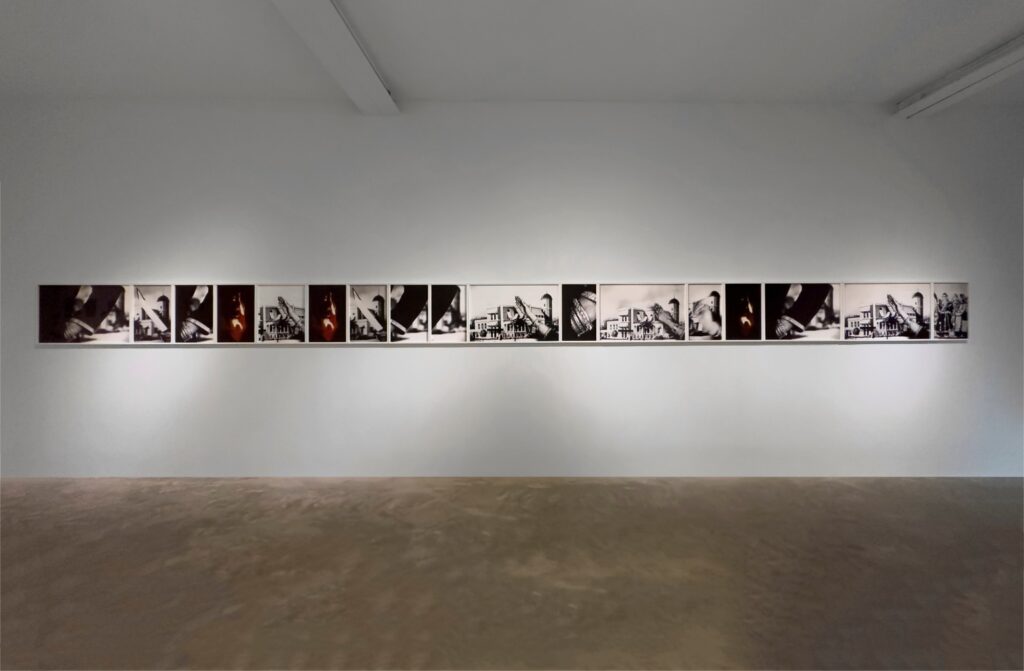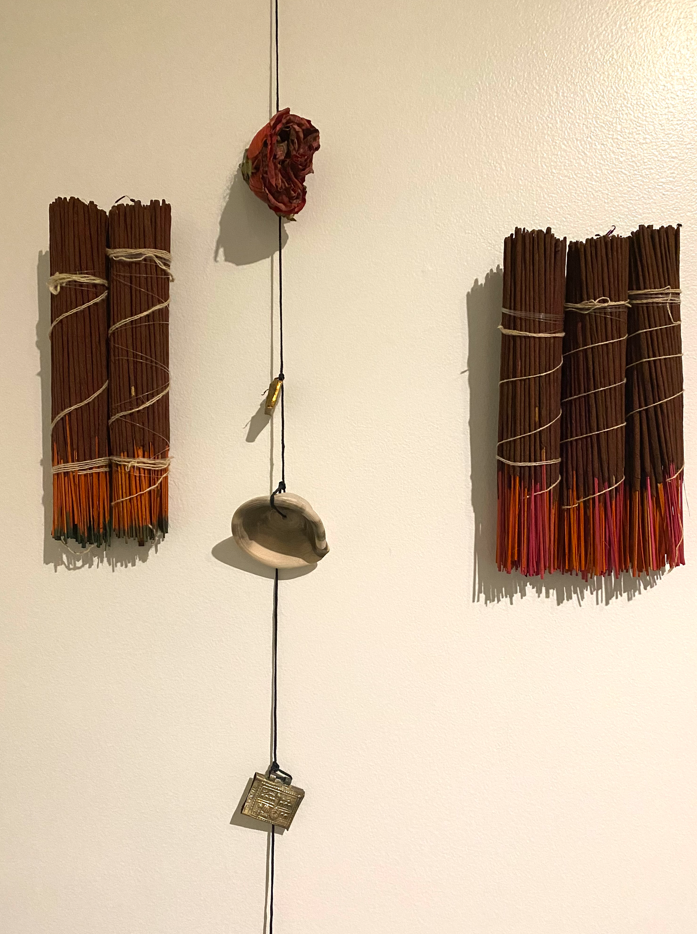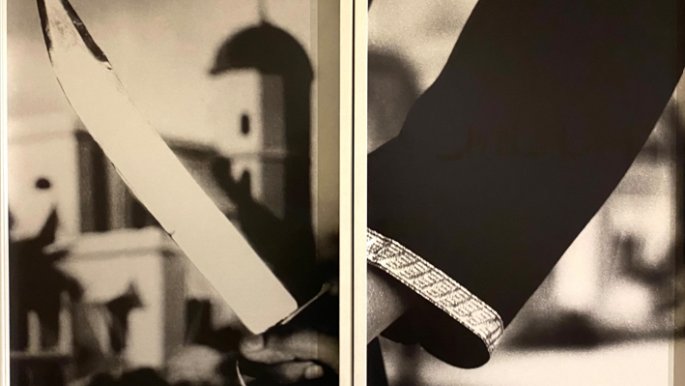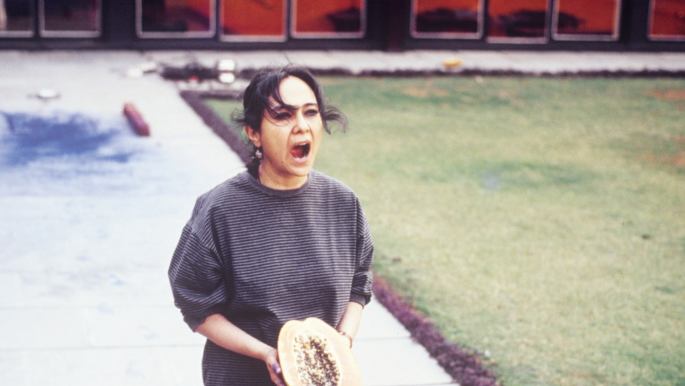HARYANA / INDIA :
We’re back with another interview from the ‘The Brigade That Builds Brands‘ series. It’s all about fauji wives / military spouses, who make work work for them through multiple postings, back-to-back social commitments, spotty internet connections, long stints of single parenting, community mindset regarding how military spouses should or should not work and a lot more. Today, I’m talking to Maryam Hasan Ahmad about how she juggles her life as a brush-wielding artist and as a wife of a man in boots ‘n’ beret – an Army officer.
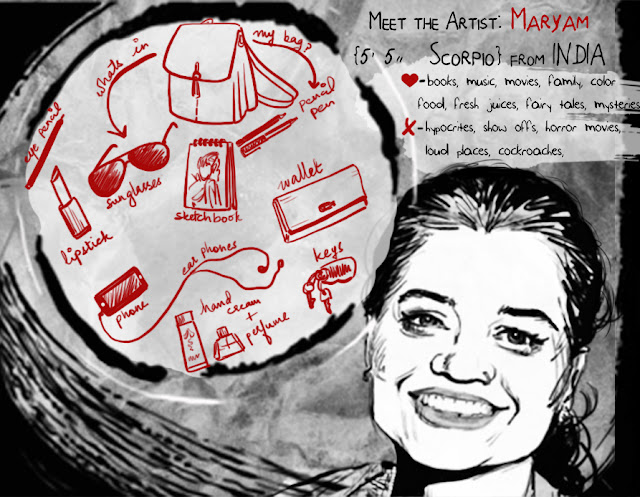
A talented illustrator and artist, she didn’t give up her work to fit into the fauji life, but instead, carved out a freelance career that she could pack and take along to the multiple postings across the country and world. I hope that this interview will get you revved up to create a freelance career around your passions too.
C. Please tell us something about yourself – what do you do, where are you based and how long have you been a fauji wife.
M. I am a freelance illustrator of children’s books, fashion and portraits/caricatures. I am, as of now, based out of Haryana and have been wedded to the Olive Green for 15 years.
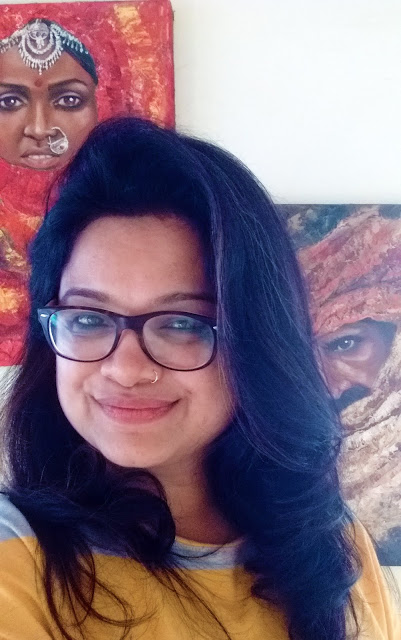
C. What has been your business or creative journey been like: how & when did you start your venture?
M. I am an Applied Arts Graduate and have been freelancing in illustrations since college, and then did a 2 year stint in Chennai as an animator in a French Animation studio. Those two years were a big learning curve. But all that came to a standstill after getting married and being sent to obscure places where there were absolutely no job avenues. Internet was a blessing that got me hooked onto online freelancing while following my husband around the world. Now I could work from any corner and have clients from all over the world!! This opened up a whole new world for me and my dreams. Our 2 year tenure in New York was another time of personal and professional growth. I started my blog https://homespunaround.blogspot.in/ there, attended a lot of arty lectures and seminars… learnt studio pottery. Participated in a couple of pop up fairs and started selling my handmade products online.
C. Fauji wives make their home in an assortment of obscure places across the country. Our lives are about living in the moment and doing what we can, when we can. Can you share how you stayed creative or found work that satisfied you while moving across the country?
M. Fauj teaches you a lot of things (especially if you are creatively inclined and willing to learn). There are so many courses being conducted all over the stations which at least tell you the basics of art, craft, painting, decoupage etc etc. and now with the smart phones and internet at your fingertips, trying out something new is not rocket science. There are so many websites that cater to freelancers, whether you are a writer or an artist or a software professional or even if you want to sell your hand-made wares… Staying creative, finding you mojo is not difficult these days as long as you have a decent internet connection and the passion.
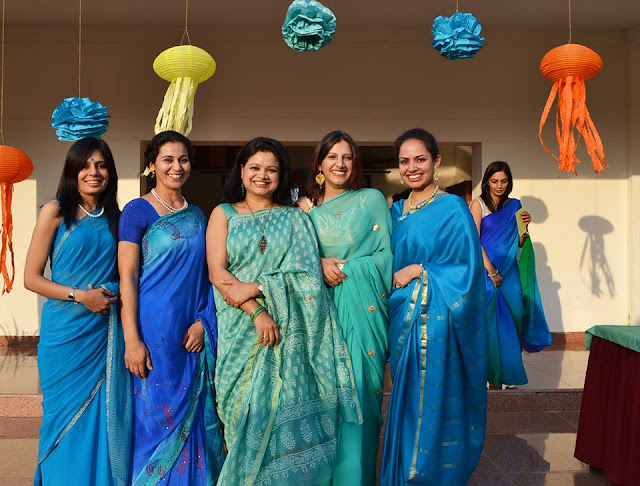
C. How do you juggle that load of social commitments & welfare activities that are an integral part of the fauji community, while nurturing your passions and meeting work deadlines?
M. Time management. If you let it, Fauji commitments can take over your life and as your husband moves up in the ranks and gets busy… you get busier. And there are so many commitments and obligations that you just can’t say no to. Here time management comes in handy. If you have a pending assignment, or a client getting jumpy for not getting work on time- you have to learn to prioritize.
You can leave the cleaning of the cupboard for tomorrow, send the client that work now. Tell people that this and this is the time that you need to work, and would appreciate being left alone then. (It’s a little hard for people to get it, but insist). Decide what time works for you, put it your maximum then, with no distractions of Facebook scrolling, checking emails then.
C. As a creative/entrepreneur + fauji wife, is there something that you cherish very much about being part of this community? And is there something you feel must/can change for the better?
M. See each world has its pros and cons. I love being a fauji wife. I love the clean environment, the fantastic and SAFE cantonment life that we expose our kids too. The quality of life when you compare with our civilian counterparts is way better. (I know a lot might disagree) but tell me where can your kids go out every evening without a care in the world, cycle, play basketball, squash, tennis, golf, swimming and come back when its dark…. And you are NOT worried. You are not the one ferrying them from one sports coaching to another. I have friends whose kids stay at home and play videogames because there is not playground in their vicinity and if its is, you cannot let them go alone! It’s not safe. So either you tag along, or you let them stay in.
We all have a fantastic social life as faujis; we work hard, but we party harder! We learn to get along with everyone (esp. relevant in unit life)… we grow as individuals, posting to posting, place to place. I think I have made lifelong friends at every station that I have been posted to.
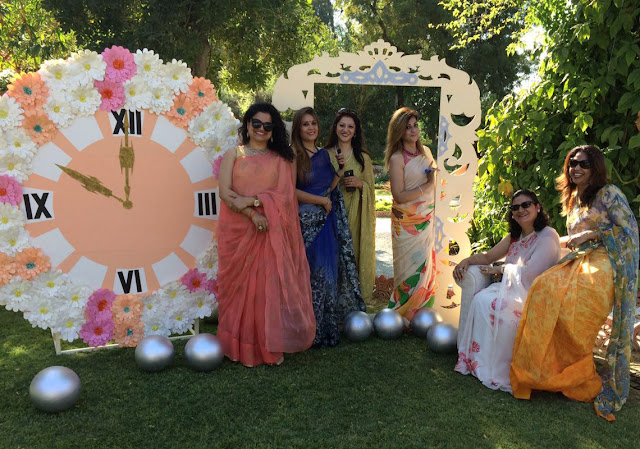
Things to change? Hmmmm…. When I compare what was prevalent in my mother in law’s time to what is now happening in my time… fauj has changed. And evolved with time. But it needs to evolve more. It needs to understand the requirements of the extremely well educated, articulate young brides coming in with professional backgrounds. Their requirements, expectations are way different and our organization needs to listen to them.
C. What challenges have you faced in balancing work and fauji life?
M. You know there are times and places/stations that are more busy than others. During my husband’s command, my freelance work took a backseat. My pottery was forgotten (in fact still is) and my life as a CO’s wife took over. I didn’t resent that, because the station/ tenure was such and I needed to do that for my husband/unit. After command, I started freelancing again, but after a year I have got posted to another really busy station where my work has taken a backseat again. Lot of good projects were lost because I could not deliver. So yes, it does get frustrating and one has to come to terms with it, deal with it. Take out your frustration on the ever-willing husband and then make the most of what you can get and carry on regardless.
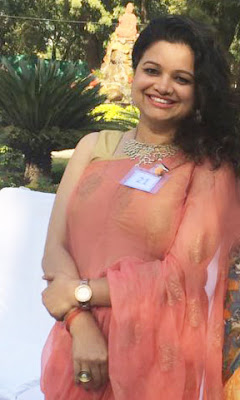
C. What tips would you give to fauji wives out there who’d like to pursue their dreams while living at small and busy bases (many still believe or led to believe that you can either be a fauji wife or a professional, and that’s not true)?
M. The world is your oyster. You are qualified and ambitious, don’t let your ambitions die out, just modify them a bit to the life that you have now. You might not work at the dream job that you planned on while you were studying, but on hindsight you will realize that you got a better deal. Try out other avenues and see what works. It’s not always necessary that as an Army wife you can only become a teacher. With the internet seeping into even the remotest of corners of the country, see what can work for you online.
Don’t get disheartened, instead think of it as an opportunity to try out something different… something you might not have thought of before. Network with fellow army wives, forge partnerships and alliances and you never know just what might work.
C. A parting quote or philosophy that helps you stay calm and do what you do?
M . Don’t let go of your dreams. Hold on to them tight…. Plan, dream and dream some more. And work towards your dreams. Slowly and steadily you will get there.
Here’s where you can see more of Maryam’s work:
Maryam’s Art Facebook Page:
https://www.facebook.com/Maryams-Art-Studio-184891738239097
Instagram feed:
https://www.instagram.com/maryams_art_studio
Looking for inspiration to work-from-home or set up your own venture as a fauji wife? Check out our interviews of fauji wife entrepreneurs and articles on working-from-home.
Subscribe to our blog posts to stay tuned (bonus: you’ll also receive a free book on Everyday Sari Style). / If you’re on Facebook, Like us at chandana banerjee – online notebook / On Twitter? Follow me @chandanawriter / And if living green and well is on your to-do list, hop over to Gorgeous Girls Go Green (our sister site).
source: http://www.chandanabanerjee.com / Chandana Banerjee / Home / 12th June, 2018
